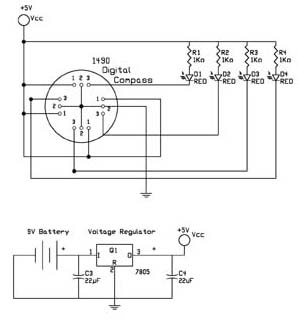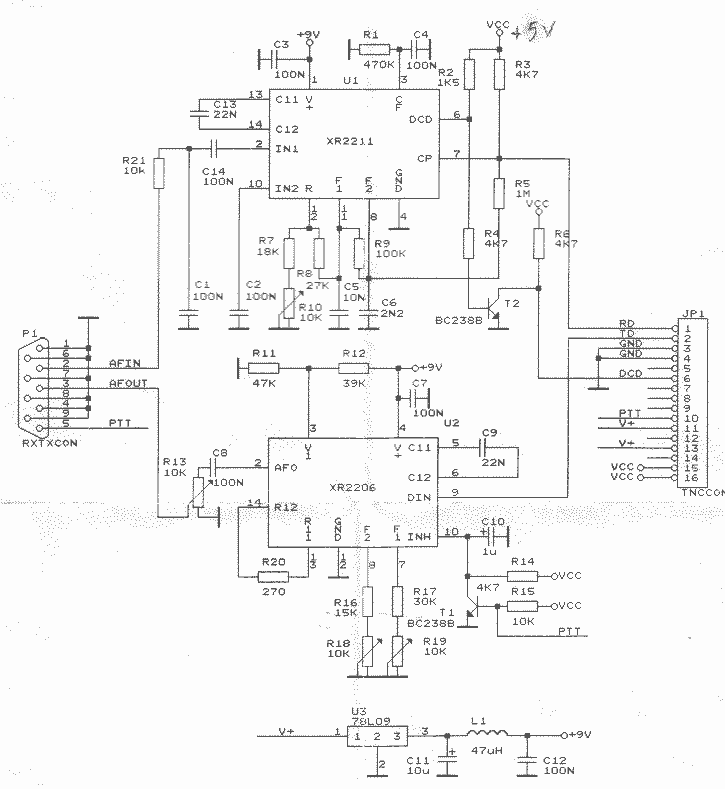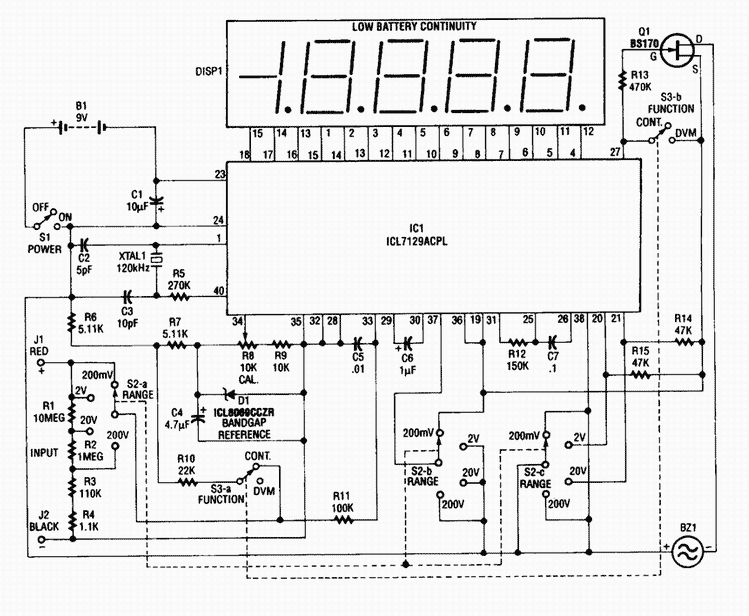
AT89C2051 Digital Visitor Counter

The AT89C2051 Digital Visitor Counter utilizes a microcontroller to perform its function by receiving signals from sensors.
The AT89C2051 Digital Visitor Counter is designed to accurately count the number of visitors entering or exiting a designated area. This system employs the AT89C2051 microcontroller, which is an 8-bit microcontroller from the Atmel 8051 family. It operates on a 5V power supply and features 2KB of Flash memory, 128 bytes of RAM, and 15 I/O pins, making it suitable for handling various input and output tasks.
In this application, the microcontroller interfaces with sensors placed at entry and exit points. These sensors can be infrared sensors, photoelectric sensors, or any other suitable type that can detect motion or presence. When a visitor crosses the detection zone, the sensor sends a signal to the microcontroller, which processes the input to increment or decrement the visitor count accordingly.
The circuit typically includes a display unit, such as a 7-segment display or an LCD, to show the current count of visitors. The microcontroller controls this display through its I/O pins. Additionally, push buttons may be incorporated to reset the counter or switch between different modes of operation, such as viewing the current count or historical data.
Power management is crucial in such applications, especially if the counter is deployed in remote locations. Therefore, a voltage regulator may be included to ensure stable operation. Furthermore, the design can be enhanced with features such as data logging, where visitor counts can be stored in memory for later analysis, or connectivity options for real-time monitoring through wireless communication protocols.
Overall, the AT89C2051 Digital Visitor Counter is an effective solution for managing and monitoring foot traffic in various environments, from retail stores to museums, providing valuable insights into visitor patterns.AT89C2051 Digital Visitor Counter. The microcontroller do the above job it receives the signals from the sensors.. 🔗 External reference
The AT89C2051 Digital Visitor Counter is designed to accurately count the number of visitors entering or exiting a designated area. This system employs the AT89C2051 microcontroller, which is an 8-bit microcontroller from the Atmel 8051 family. It operates on a 5V power supply and features 2KB of Flash memory, 128 bytes of RAM, and 15 I/O pins, making it suitable for handling various input and output tasks.
In this application, the microcontroller interfaces with sensors placed at entry and exit points. These sensors can be infrared sensors, photoelectric sensors, or any other suitable type that can detect motion or presence. When a visitor crosses the detection zone, the sensor sends a signal to the microcontroller, which processes the input to increment or decrement the visitor count accordingly.
The circuit typically includes a display unit, such as a 7-segment display or an LCD, to show the current count of visitors. The microcontroller controls this display through its I/O pins. Additionally, push buttons may be incorporated to reset the counter or switch between different modes of operation, such as viewing the current count or historical data.
Power management is crucial in such applications, especially if the counter is deployed in remote locations. Therefore, a voltage regulator may be included to ensure stable operation. Furthermore, the design can be enhanced with features such as data logging, where visitor counts can be stored in memory for later analysis, or connectivity options for real-time monitoring through wireless communication protocols.
Overall, the AT89C2051 Digital Visitor Counter is an effective solution for managing and monitoring foot traffic in various environments, from retail stores to museums, providing valuable insights into visitor patterns.AT89C2051 Digital Visitor Counter. The microcontroller do the above job it receives the signals from the sensors.. 🔗 External reference





